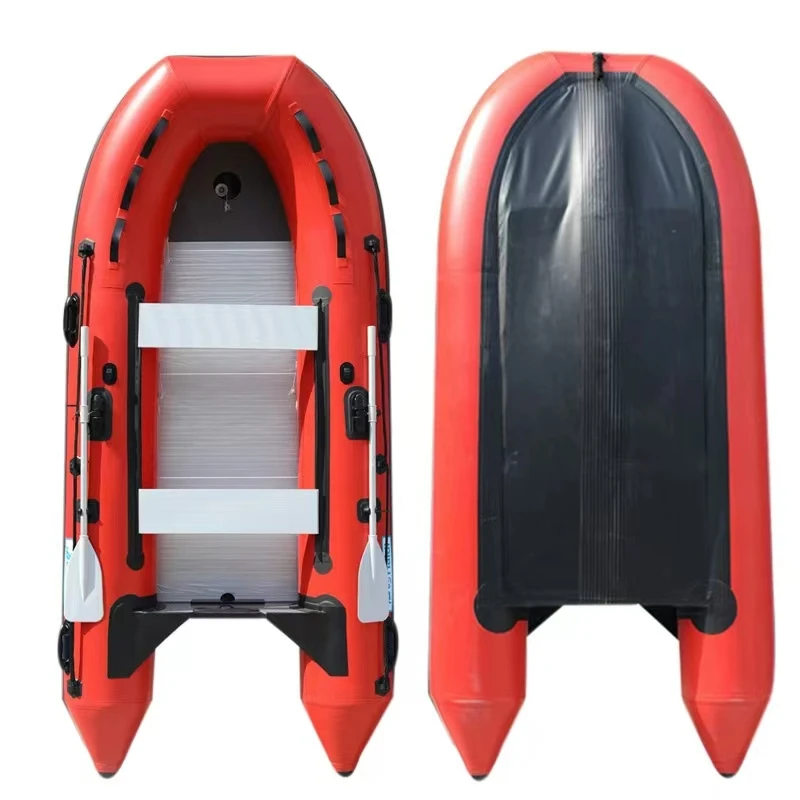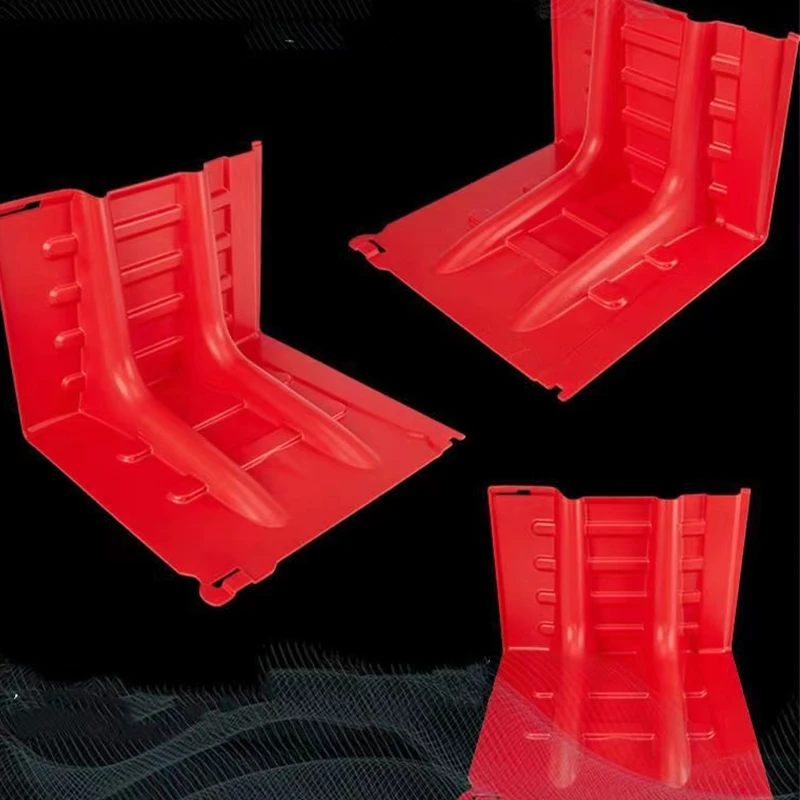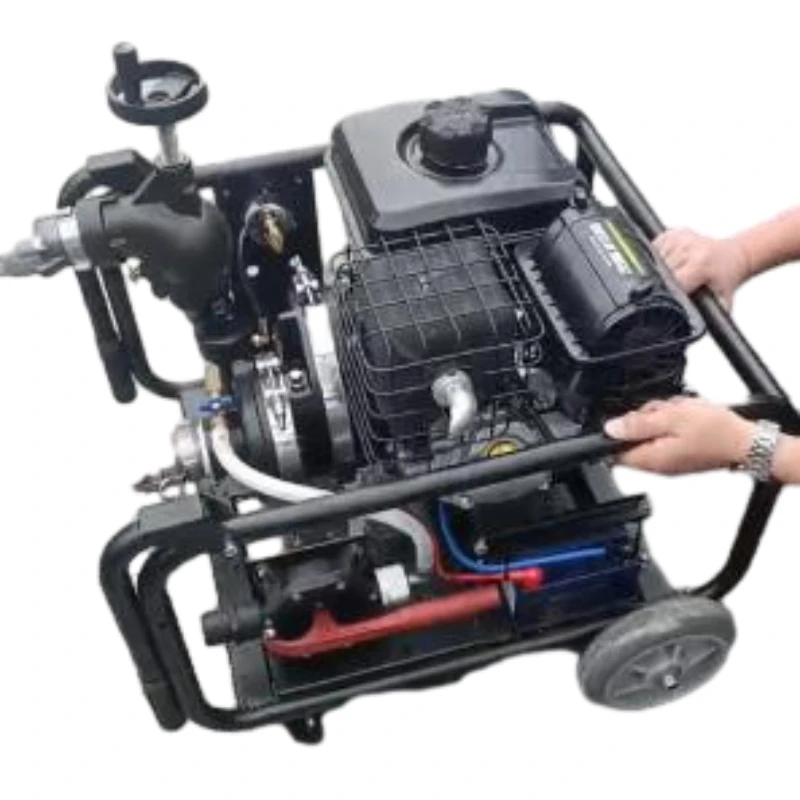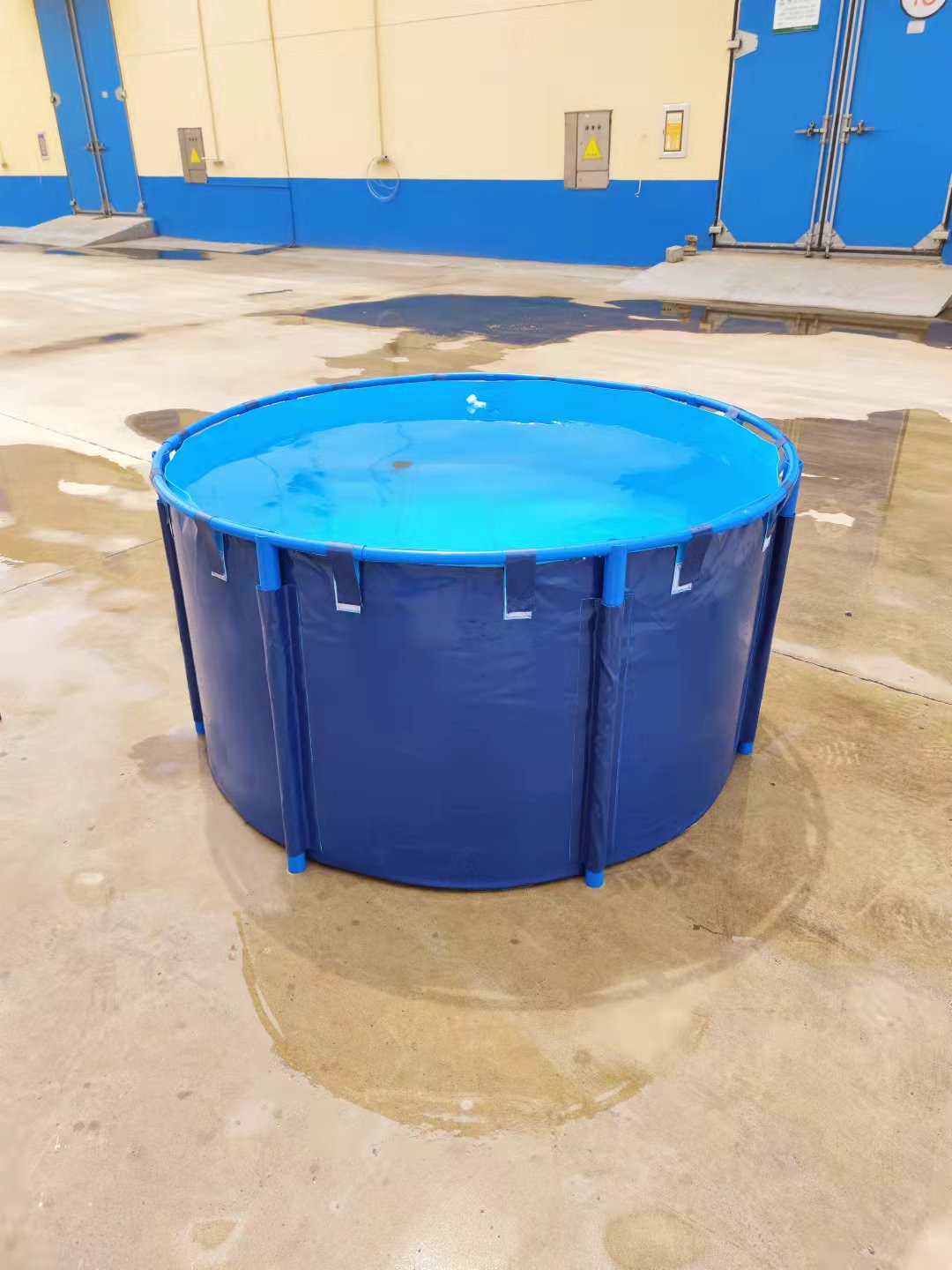The Critical Role of Advanced Protective Gear
In high-hazard environments, the deployment of specialized personal protective equipment (PPE) is paramount for ensuring personnel safety. Among these, the Fire-proof suit/Firefighter protective suit stands as a cornerstone of safety in industries prone to thermal risks. Designed to withstand extreme temperatures, chemical exposure, and mechanical stress, these suits are engineered for reliability and performance under duress, safeguarding professionals in emergency response, industrial operations, and other critical sectors.
This comprehensive overview delves into the technical intricacies, application benefits, and strategic considerations for procuring high-performance protective suits, providing B2B decision-makers with the insights necessary for informed investment.

Industry Trends and Innovations in Firefighter Protective Suits
The landscape of personal protective equipment is constantly evolving, driven by advancements in material science, ergonomic design, and smart technology integration. Current trends in Fire-proof suit/Firefighter protective suit development emphasize:
- Enhanced Thermal Protection and Lighter Weight: The advent of advanced fabrics like PBI, Nomex Nano Flex, and Gore-Tex multi-layer systems allows for superior thermal insulation with reduced garment mass, significantly improving firefighter agility and reducing heat stress.
- Integrated Smart Technologies: Modern suits are beginning to incorporate sensors for monitoring vital signs (heart rate, core temperature), GPS tracking for location awareness, and communication devices, enhancing situational awareness and responder safety.
- Improved Ergonomics and Mobility: Designs are becoming more articulated, with pre-bent elbows and knees, gusseted underarms, and adjustable closures to facilitate a wider range of motion and reduce fatigue during prolonged operations.
- Enhanced Chemical and Biological Resistance: Beyond thermal protection, suits are now engineered with improved barriers against hazardous chemicals and biological agents, critical for hazmat and multi-hazard response scenarios.
- Sustainability: Manufacturers are increasingly focusing on eco-friendly materials and manufacturing processes, reducing the environmental footprint of protective gear.
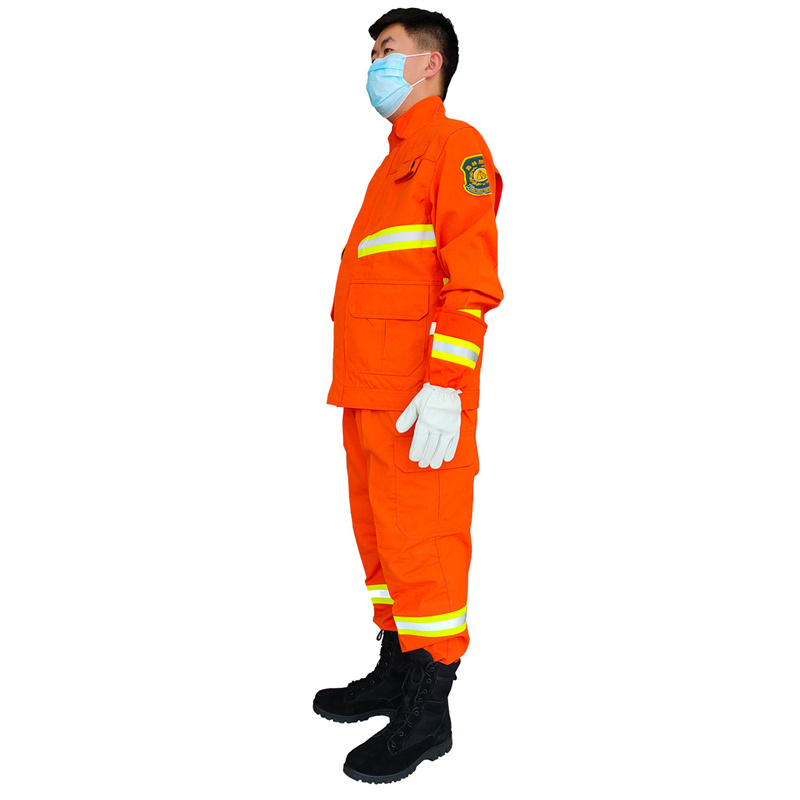
Manufacturing Process and Technical Specifications
The production of a high-performance Fire-proof suit/Firefighter protective suit is a meticulous multi-stage process, ensuring compliance with stringent safety standards and optimal functionality.
Process Flow:
-
Material Selection & Sourcing:
Specialized fabrics are chosen for their intrinsic thermal, chemical, and mechanical properties. Common materials include aramid fibers (Nomex, Kevlar), PBI (Polybenzimidazole), PTFE (Polytetrafluoroethylene) membranes, and meta-aramid blends. These materials are sourced from certified suppliers ensuring traceability and quality.
-
Layered Fabric Construction:
Protective suits typically feature a multi-layer design, each serving a distinct purpose:
- Outer Shell: Provides resistance to flame, abrasion, tear, and water penetration. Materials like Nomex or PBI ripstop weaves are common.
- Moisture Barrier: A breathable, waterproof membrane (e.g., Gore-Tex, CROSSTECH) prevents water ingress while allowing perspiration to escape, preventing steam burns and reducing heat stress.
- Thermal Liner: Comprising multiple layers of insulating material (e.g., quilted aramid battings), it traps air to provide thermal protection against extreme heat.
- Inner Liner: A comfortable, moisture-wicking fabric that contacts the wearer's skin.
-
Precision Cutting & Assembly (CNC Machining for Patterns):
Fabric layers are precisely cut using automated CNC (Computer Numerical Control) cutting machines to ensure accurate pattern replication and minimize material waste. Skilled technicians then assemble the suit components using specialized sewing techniques, often with aramid threads for maximum strength and flame resistance. Seams are critically reinforced and sealed to maintain barrier integrity.
-
Component Integration:
Zippers, hook-and-loop fasteners, reflective trim (e.g., 3M Scotchlite), pockets, and reinforcement patches are integrated, all meeting specific thermal and functional requirements.
-
Quality Control & Testing:
Each suit undergoes rigorous testing to ensure compliance with international standards such as NFPA 1971 (North America), EN 469 (Europe), and ISO 11612. Key tests include:
- Thermal Protective Performance (TPP): Measures the suit's ability to protect against heat flux.
- Total Heat Loss (THL): Measures the suit's breathability and ability to dissipate body heat.
- Radiant Protective Performance (RPP): Measures protection against radiant heat.
- Water Penetration Resistance: Ensures the moisture barrier integrity.
- Tensile Strength & Tear Resistance: Assesses material durability.
- Flame Resistance: Direct flame exposure tests.
-
Certification & Packaging:
Upon successful testing, suits are certified by accredited third-party organizations. They are then carefully packaged for delivery, often with individual traceability information.
Typical Technical Specifications:
| Parameter | Specification | Relevant Standard |
|---|---|---|
| Outer Shell Material | Nomex Tough / PBI Matrix (7.5 oz/yd²) | NFPA 1971, EN 469 |
| Moisture Barrier | GORE-TEX CROSSTECH Black (3-layer laminate) | NFPA 1971, EN 469 |
| Thermal Liner | Glide Ice with Nomex E89 (3-layer quilt) | NFPA 1971, EN 469 |
| TPP Rating | > 40 cal/cm² | NFPA 1971 (Section 7.1.1) |
| THL Rating | > 205 W/m² | NFPA 1971 (Section 7.1.2) |
| Weight (Jacket+Pants, L size) | Approx. 4.5 - 5.5 kg | Vendor Specific |
| Service Life | Typical 10 years (or per manufacturer's guidelines) | NFPA 1851 (Maintenance) |
Note: Specifications can vary based on model, specific materials used, and certification standards. Regular inspection and professional cleaning are crucial for maintaining performance and extending service life as per NFPA 1851.

Technical Advantages for B2B Applications
Investing in high-quality Fire-proof suit/Firefighter protective suit offers several critical advantages for industrial and emergency response organizations:
- Superior Thermal Insulation: Advanced multi-layer designs provide exceptional protection against radiant, convective, and conductive heat, significantly reducing the risk of burns and heat stress, thereby extending operational time in hazardous zones.
- Chemical and Bio-hazard Resistance: Specialized moisture barriers are engineered to resist penetration from common industrial chemicals and biological contaminants, making them versatile for multi-hazard environments beyond just fire.
- Durability and Longevity: High-performance materials and robust construction ensure resistance to tears, abrasions, and punctures, leading to a longer service life and reduced replacement costs. This contributes to a better return on investment over the typical 10-year lifespan, assuming proper maintenance (NFPA 1851 guidelines).
- Ergonomic Design for Enhanced Mobility: Contemporary suits are tailored to maximize freedom of movement, reducing user fatigue and improving operational efficiency during complex tasks such as rescue operations or equipment handling.
- Moisture Management and Breathability: The intelligent design of moisture barriers allows internal perspiration to escape while blocking external liquids, preventing steam burns and maintaining comfort, which is crucial for prolonged operations and reducing the risk of heat exhaustion.
- Energy Saving (Indirect): By protecting personnel from direct and indirect thermal threats, these suits minimize incidents, reduce recovery times, and avoid costly operational shutdowns, indirectly contributing to energy conservation by preventing damage to infrastructure that would require extensive repair and energy consumption.
- Corrosion Resistance (Material Level): The advanced synthetic fibers used in these suits are inherently resistant to degradation from many corrosive substances, unlike traditional materials, ensuring the integrity of the PPE even in chemically aggressive environments.
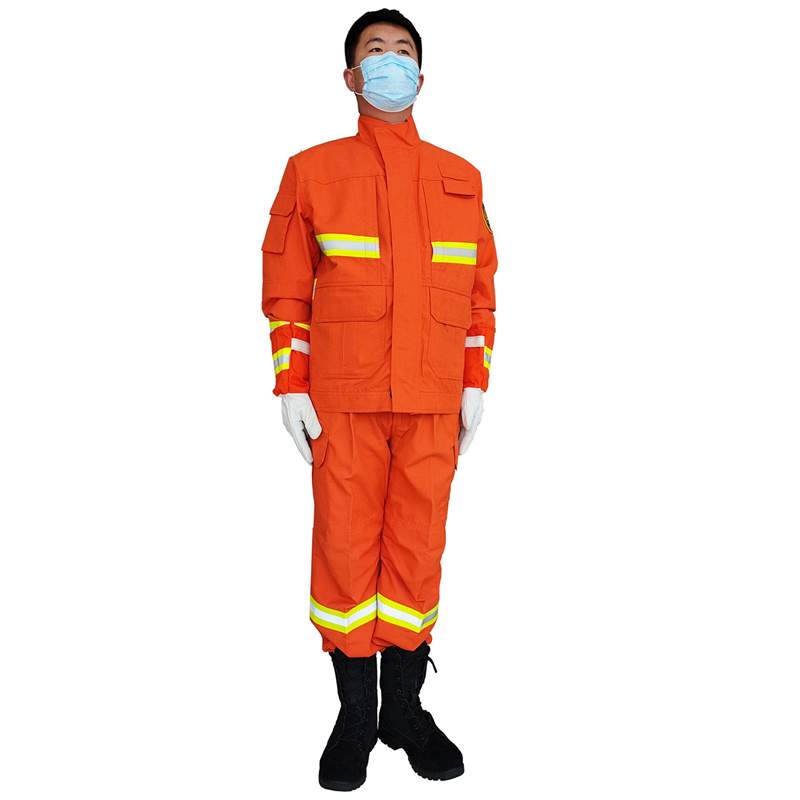
Application Scenarios and Target Industries
The versatility and robust protective capabilities of a high-quality Fire-proof suit/Firefighter protective suit make it indispensable across a spectrum of industries and emergency services:
- Petrochemical Industry: For personnel working in refineries, chemical plants, and oil & gas extraction sites, where risks include flash fires, chemical splashes, and explosions. Suits designed for these environments often feature enhanced chemical resistance.
- Metallurgy and Steel Manufacturing: Protection against extreme radiant heat from furnaces, molten metal splashes, and high-temperature operations.
- Mining Sector: For rescue teams operating in underground environments where fire and explosion risks are inherent.
- Municipal Fire & Rescue Services: The primary users, requiring suits that meet NFPA 1971 or EN 469 standards for structural firefighting, vehicle extrication, and technical rescue.
- Industrial Fire Brigades: Dedicated teams in large industrial complexes (e.g., power plants, manufacturing facilities) that require specialized gear tailored to their unique on-site hazards.
- Aviation and Marine Firefighting: Specialized suits capable of protecting against unique fuels and confined space challenges.
- Water Supply & Drainage Operations (indirectly): While not directly fire-related, some industrial operations in water treatment or infrastructure may involve chemical processing or confined space entry where multi-hazard protective gear is beneficial for unexpected incidents.
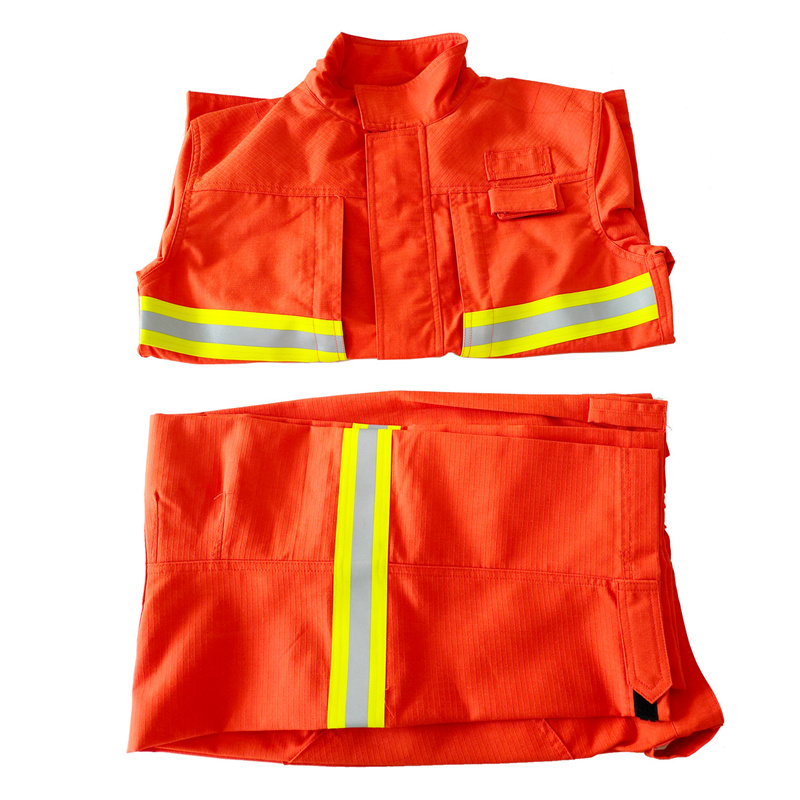
Vendor Comparison: Key Differentiators
When selecting a Fire-proof suit/Firefighter protective suit supplier, organizations must evaluate vendors not just on price, but on material quality, certification, ergonomic design, and long-term support. Here’s a comparative analysis of typical considerations:
| Feature/Aspect | Premium Vendor (e.g., FFWS Safety) | Standard Vendor | Budget Vendor |
|---|---|---|---|
| Outer Shell Material | Advanced PBI/Nomex Ripstop (e.g., TenCate, Milliken) | Standard Nomex/Kevlar Blends | Meta-aramid/FR Cotton Blends |
| Moisture Barrier | GORE-TEX CROSSTECH (High Breathability) | PTFE/PU Membrane (Standard Breathability) | Basic PU-Coated Fabric |
| Thermal Liner | Multi-layer Quilted Aramid with Advanced Fill (e.g., Glide Ice) | Two-layer Aramid/FR Cotton Quilt | Single-layer FR Batt |
| Certifications | NFPA 1971, EN 469, ISO 11612 (Multiple) | NFPA 1971 or EN 469 (Single) | Minimal or Local Certifications |
| Ergonomics & Mobility | Advanced Articulation, Lightweight Design | Standard Fit, Moderate Flexibility | Basic Fit, Limited Mobility |
| Customization Options | Extensive (Pockets, Reflective Trim, Sizing) | Limited (Basic Sizing, Patch Placement) | None |
| After-Sales Support | Comprehensive (Warranty, Repairs, Training) | Standard Warranty, Basic Parts | Minimal to No Support |
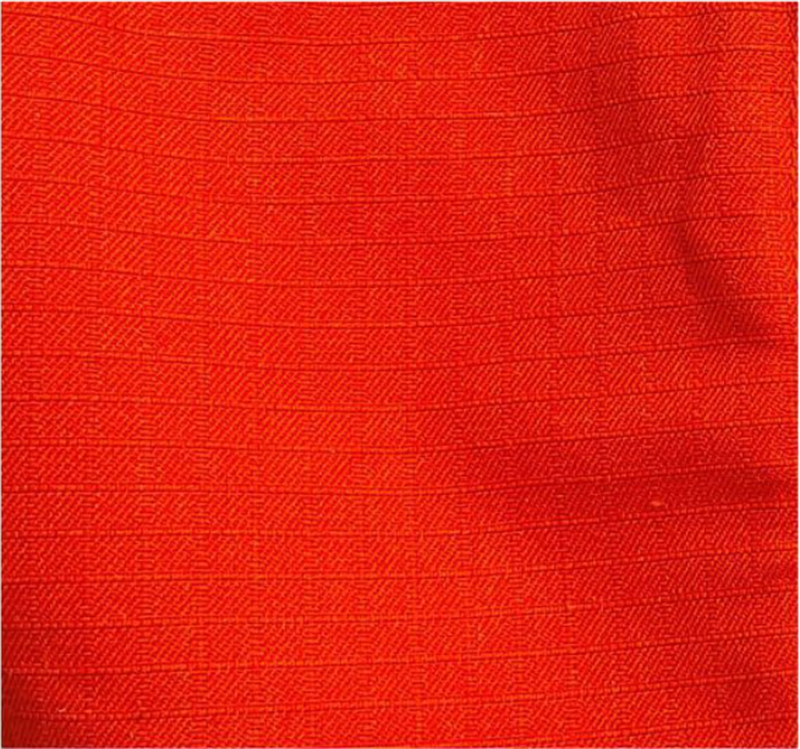
Customized Solutions for Specific Needs
Recognizing that no two operational environments are identical, leading manufacturers like FFWS Safety offer extensive customization options for their Fire-proof suit/Firefighter protective suit range. Tailored solutions ensure optimal protection and functionality for specific departmental requirements or industrial hazards.
Customization possibilities include:
- Material Variations: Selection of outer shell, moisture barrier, and thermal liner materials based on specific thermal, chemical, or abrasion resistance needs (e.g., higher PBI content for chemical splash protection).
- Pocket and Attachment Configurations: Customized placement and type of pockets (cargo, radio, flashlight), attachment loops, and gear straps to accommodate specific tools and communication devices.
- Reflective Trim and Markings: Personalized reflective trim patterns, departmental logos, and identification markings for enhanced visibility and organizational identity.
- Sizing and Fit: Beyond standard sizes, some vendors offer made-to-measure services for individual responders or specialized body types, ensuring optimal ergonomic performance and safety.
- Integrated Features: Options for integrated harness systems, drag rescue devices, or specialized knee/elbow reinforcements for tasks requiring crawling or heavy impact.
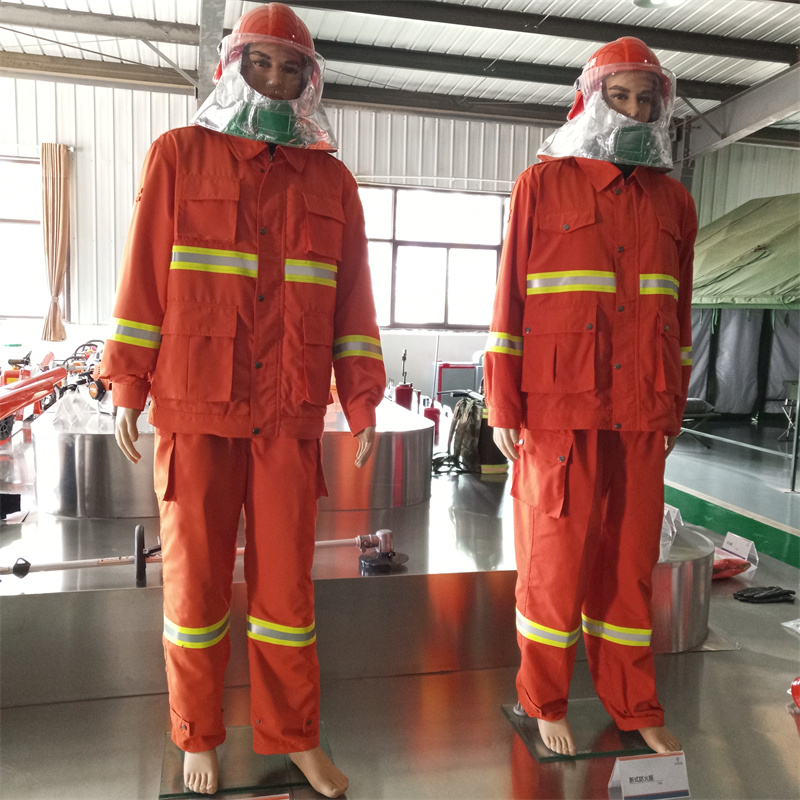
Application Case Studies
Real-world application demonstrates the invaluable protection provided by advanced fire-proof suits.
Case Study 1: Petrochemical Facility Fire Response
A major petrochemical complex faced a Level 3 incident involving a crude oil storage tank fire. The facility's industrial fire brigade, equipped with FFWS Safety's advanced multi-layer Fire-proof suit/Firefighter protective suit (certified to NFPA 1971 and ISO 11612), engaged the blaze. The suits' PBI outer shells provided exceptional resistance to direct flame impingement and radiant heat flux, while the CROSSTECH moisture barriers prevented steam burns during cooling operations. Responders reported significant comfort and mobility, enabling them to operate for extended periods without excessive heat stress, ultimately containing the fire with zero personnel injuries.
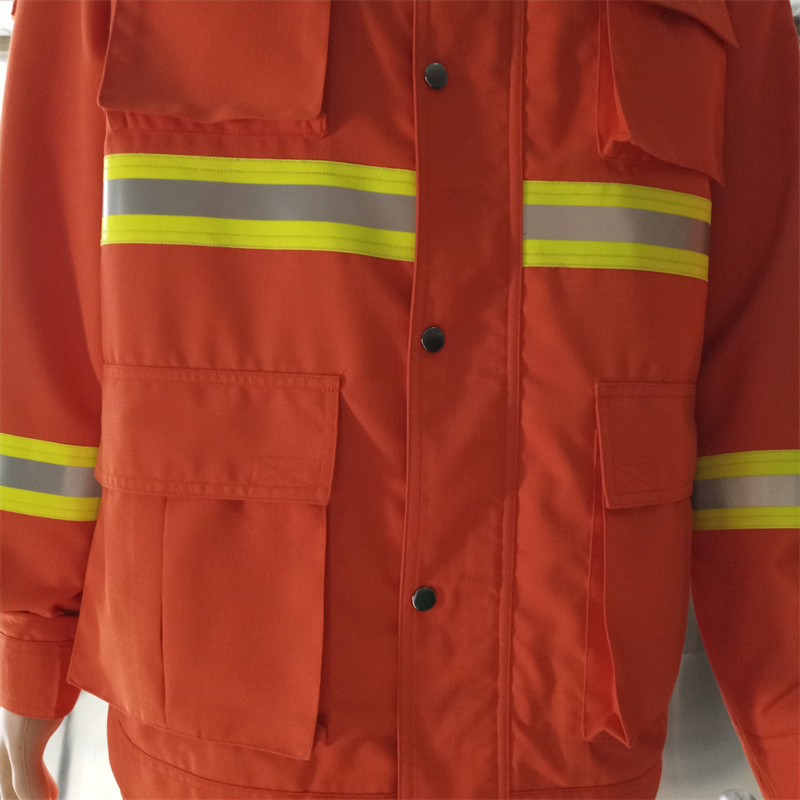
Case Study 2: Urban Search and Rescue (USAR) Operation
Following a catastrophic building collapse, an urban search and rescue team was deployed. While direct fire was not the primary threat, the inherent risk of secondary fires, sharp debris, and potential chemical exposure necessitated robust PPE. The team utilized suits with reinforced knee and elbow pads, enhanced abrasion resistance, and flexible designs for navigating confined spaces. The suits' integrated drag rescue devices proved crucial in one instance, allowing for safe extraction of an unconscious rescuer from a precarious position. The durability and multi-hazard protection of their protective suits were credited for preventing injuries in a highly dynamic and dangerous environment.
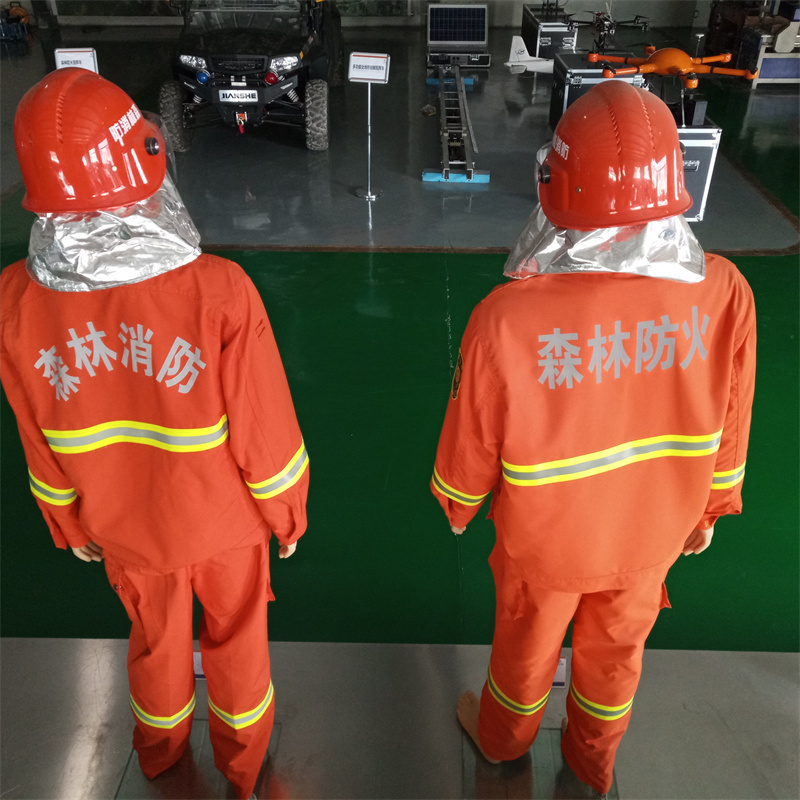
Trustworthiness & Support: FFWS Safety Commitment
Frequently Asked Questions (FAQ)
A: According to NFPA 1851, suits should undergo routine inspections after each use, advanced inspections quarterly, and a complete inspection and cleaning by a verified independent service provider (ISP) annually.
A: For standard orders, lead time is typically 4-6 weeks. Custom configurations or large bulk orders may require 8-12 weeks. We recommend contacting our sales team for precise lead time estimates based on your specific requirements.
A: FFWS Safety provides a comprehensive 2-year warranty on manufacturing defects for all components of our protective suits, effective from the date of purchase. Specific fabric warranties (e.g., Gore-Tex) may extend beyond this period.
Lead Time & Fulfillment
FFWS Safety maintains efficient supply chain management and manufacturing processes to ensure timely delivery. Standard lead times for our range of Fire-proof suit/Firefighter protective suit are typically 4-6 weeks for common configurations, with expedited options available upon request for critical requirements. For large-scale procurements or highly customized solutions, our team works closely with clients to establish realistic and reliable fulfillment schedules.
Warranty & After-Sales Support
Our commitment to quality extends beyond the sale. All FFWS Safety protective suits come with a robust warranty covering manufacturing defects. Our dedicated after-sales support team provides assistance with product maintenance, repairs, and genuine spare parts. We also offer training programs on proper care, donning, and doffing to maximize the lifespan and effectiveness of the gear, aligning with NFPA 1851 guidelines for care and maintenance.
Conclusion
The modern Fire-proof suit/Firefighter protective suit is a marvel of engineering and material science, representing the pinnacle of personal protection in hazardous environments. Its continuous evolution, driven by rigorous standards and innovative technologies, underscores its indispensable role in ensuring the safety and operational effectiveness of professionals across diverse high-risk industries. By understanding the intricate manufacturing processes, technical advantages, and comprehensive support systems, B2B stakeholders can make strategic investments that prioritize human life and operational continuity.
References
- National Fire Protection Association (NFPA) 1971: Standard on Protective Ensembles for Structural Fire Fighting and Proximity Fire Fighting.
- National Fire Protection Association (NFPA) 1851: Standard on Selection, Care, and Maintenance of Protective Ensembles for Structural Fire Fighting and Proximity Fire Fighting.
- European Standard EN 469: Protective clothing for firefighters - Performance requirements for protective clothing for firefighting activities.
- International Organization for Standardization (ISO) 11612: Protective clothing - Clothing to protect against heat and flame.
- Gore Fabrics. "Protective Materials for Firefighter Suits." www.gore-tex.com.
- TenCate Protective Fabrics. "Advanced Materials for Firefighter PPE." www.tencatefabrics.com.









